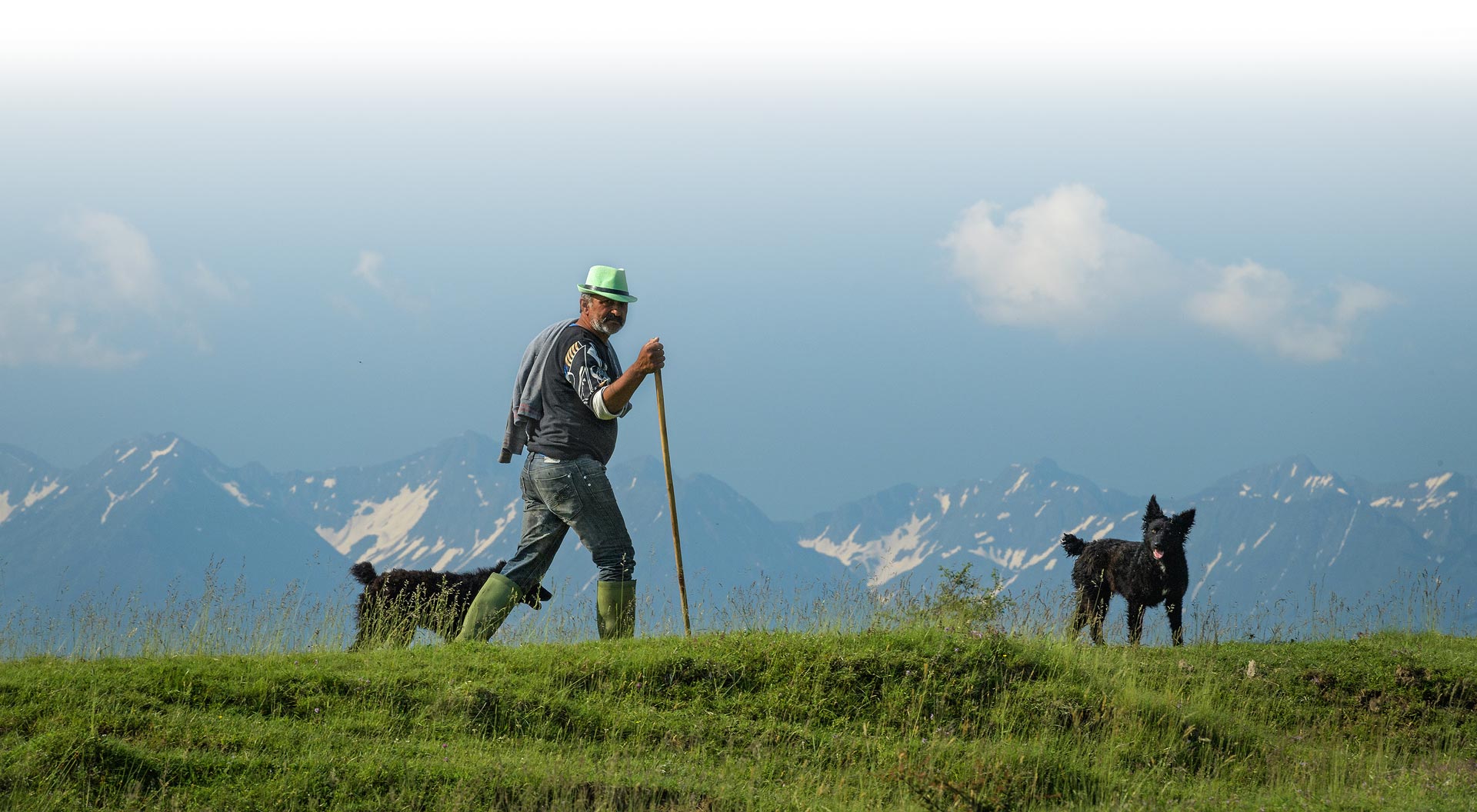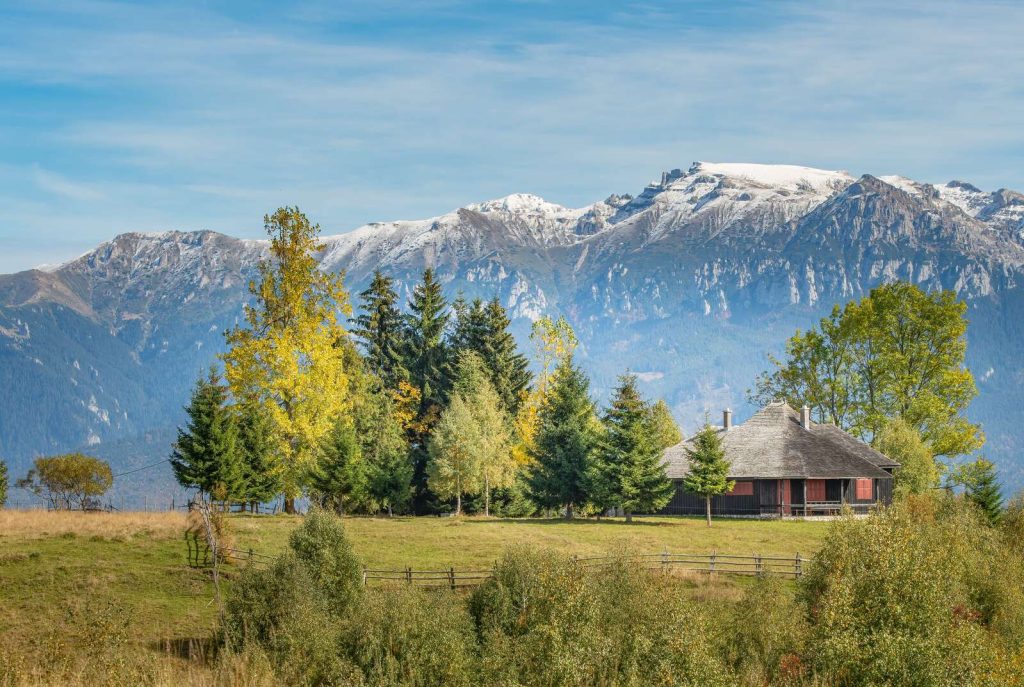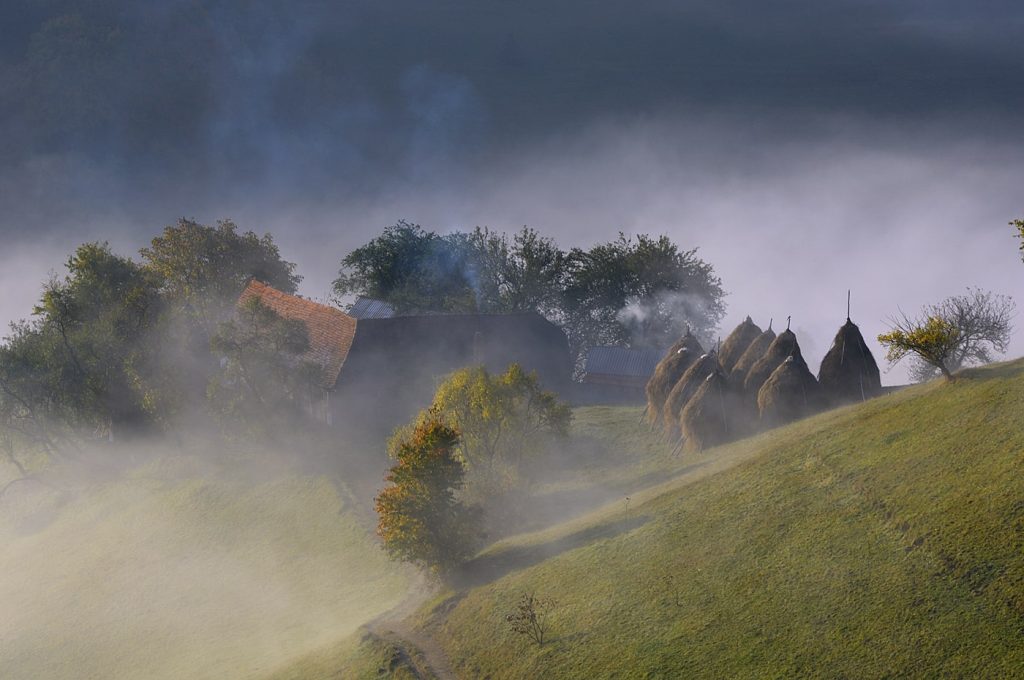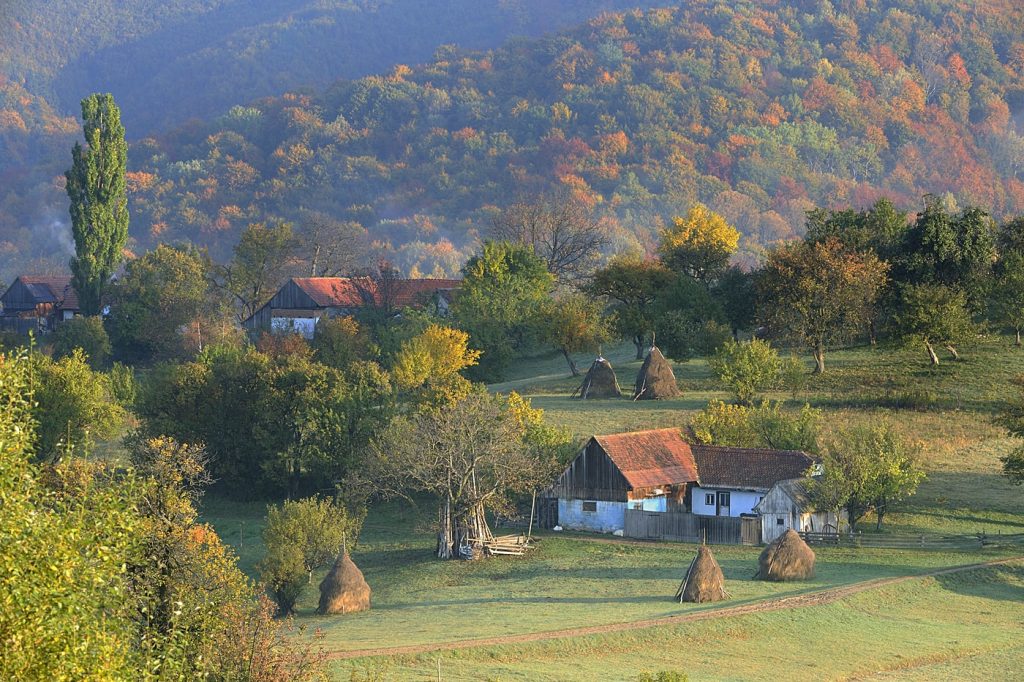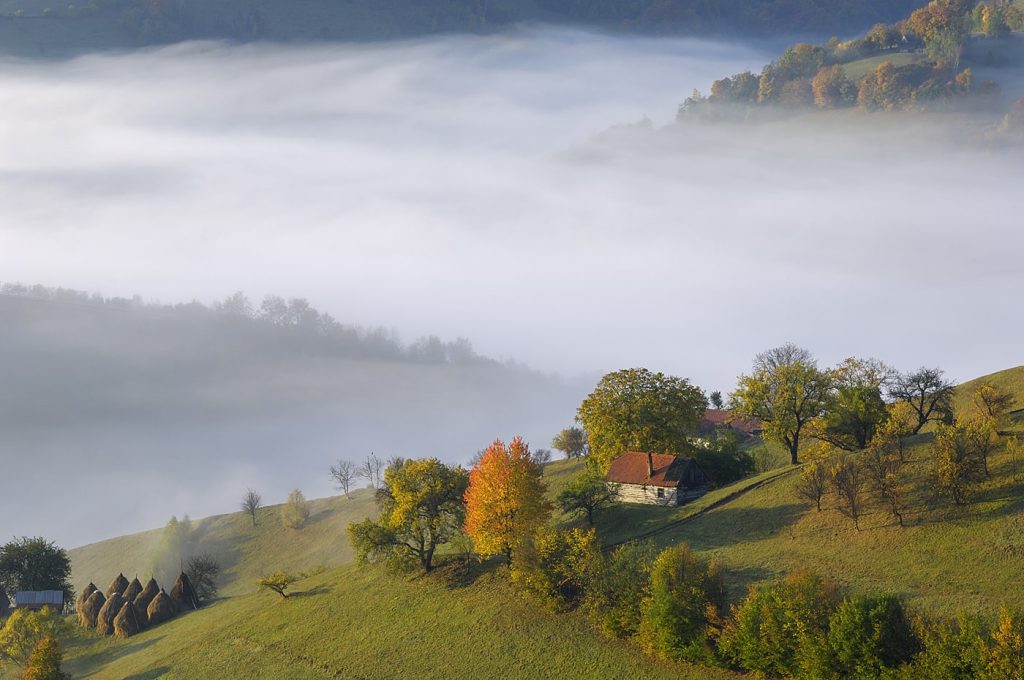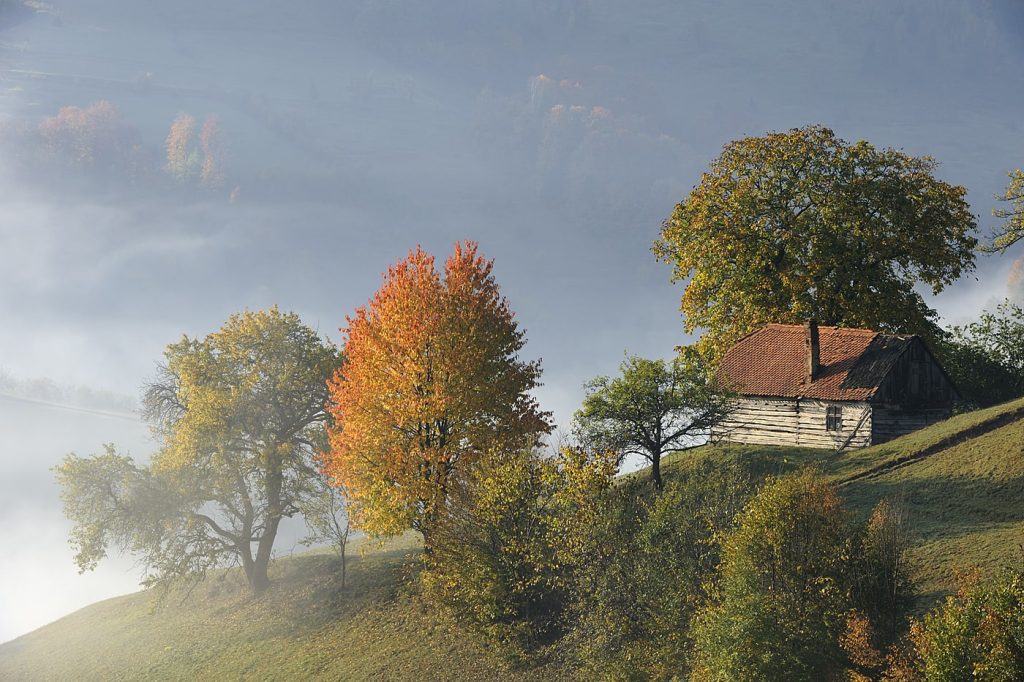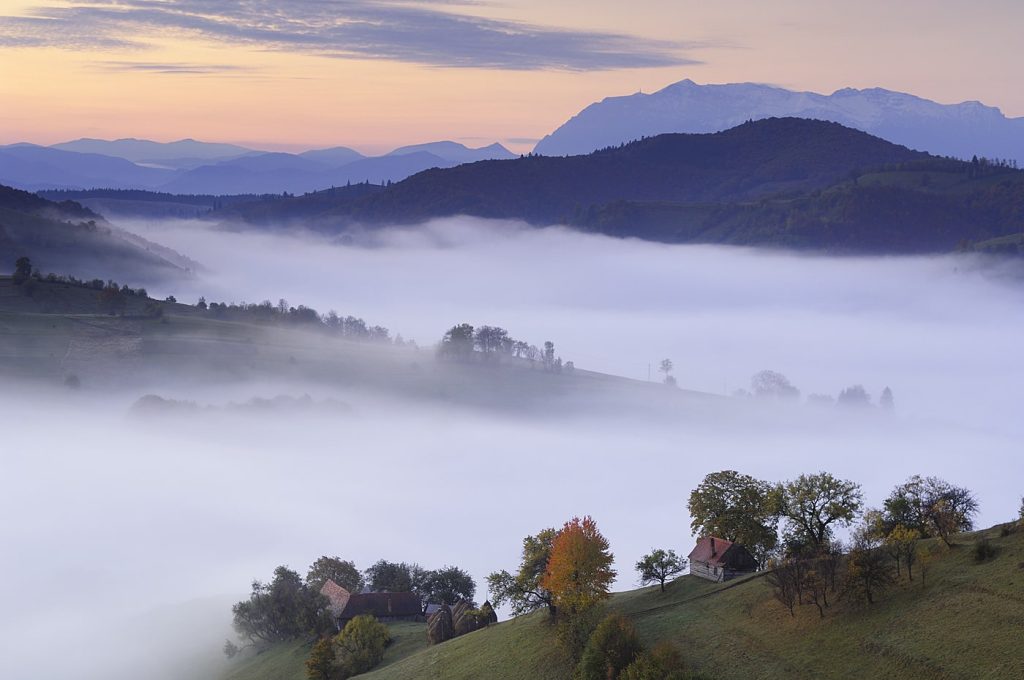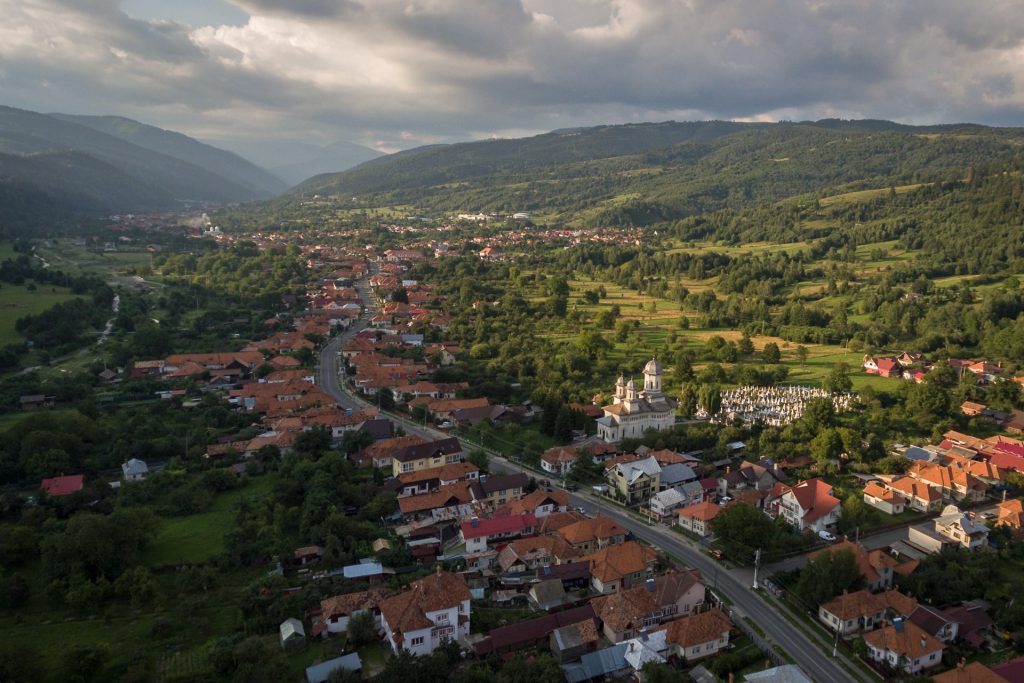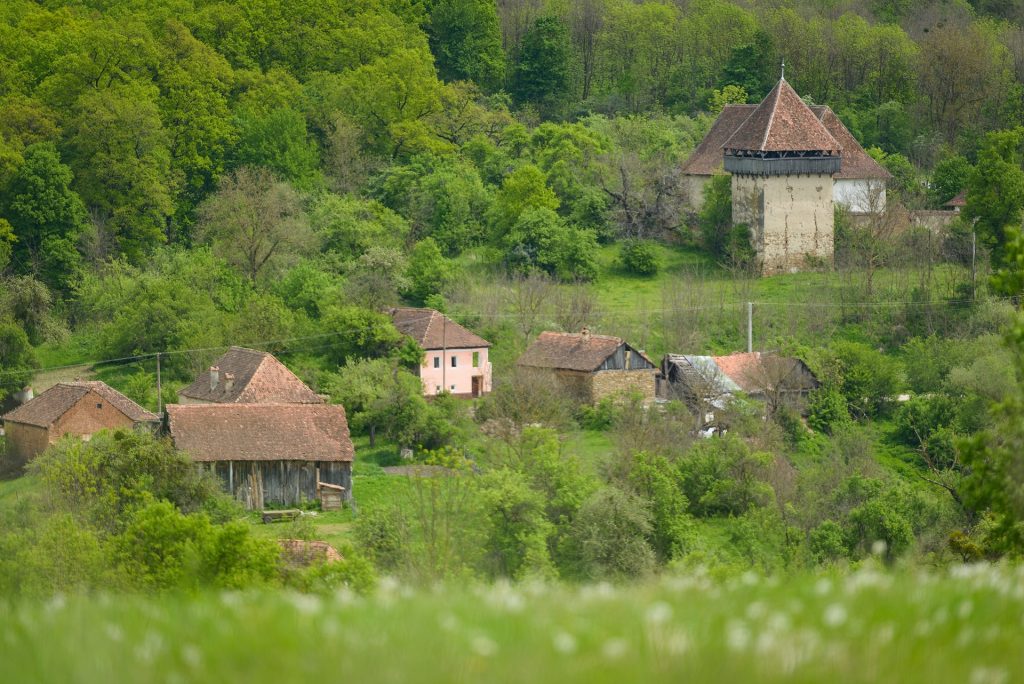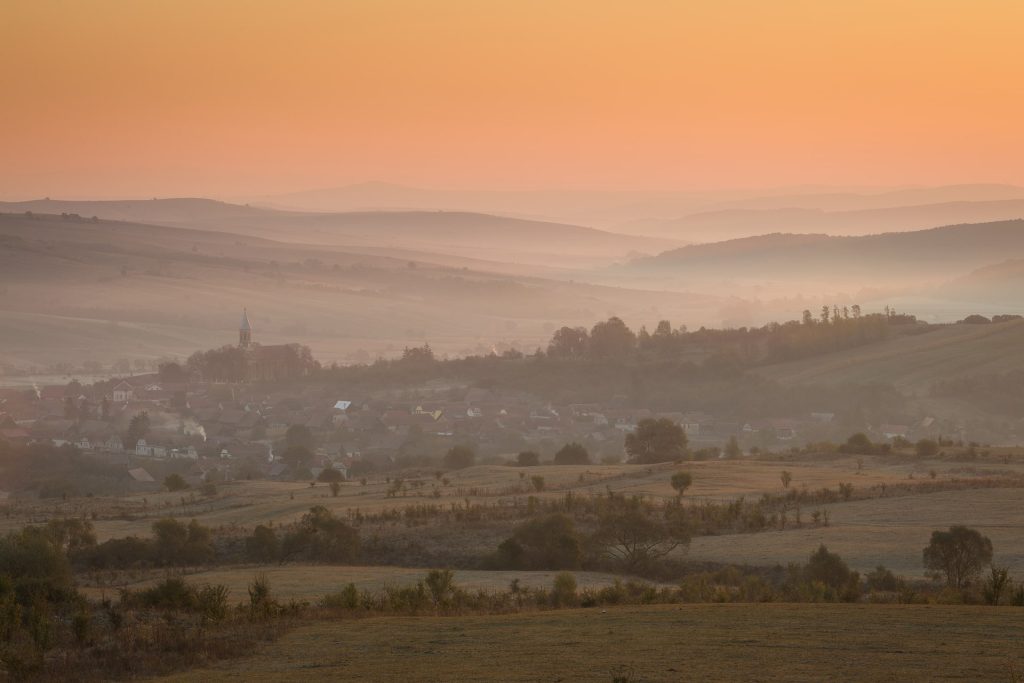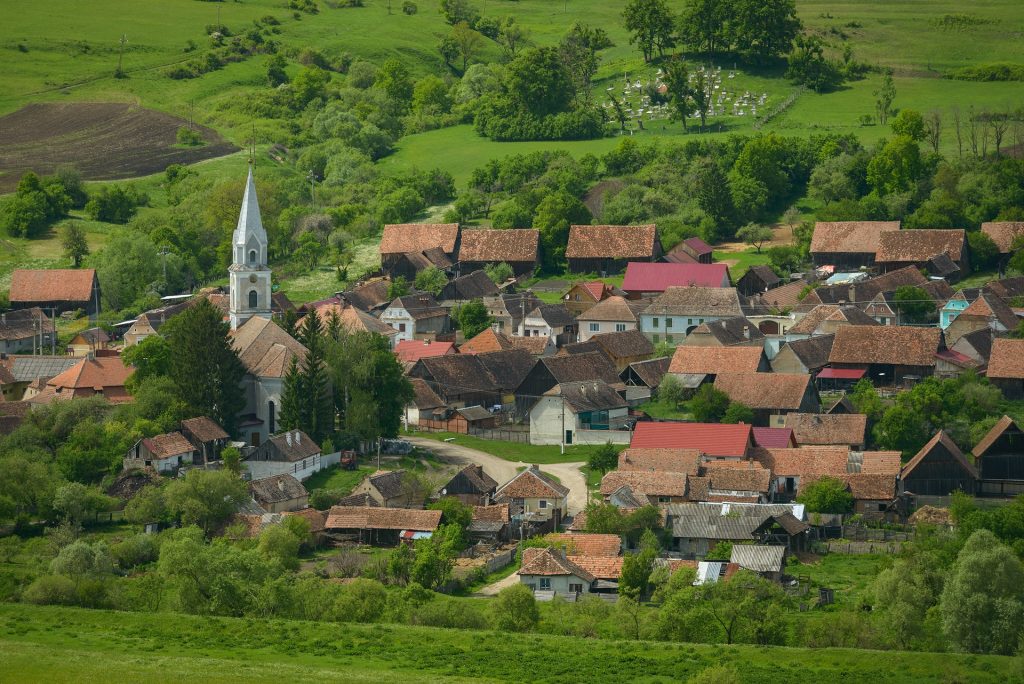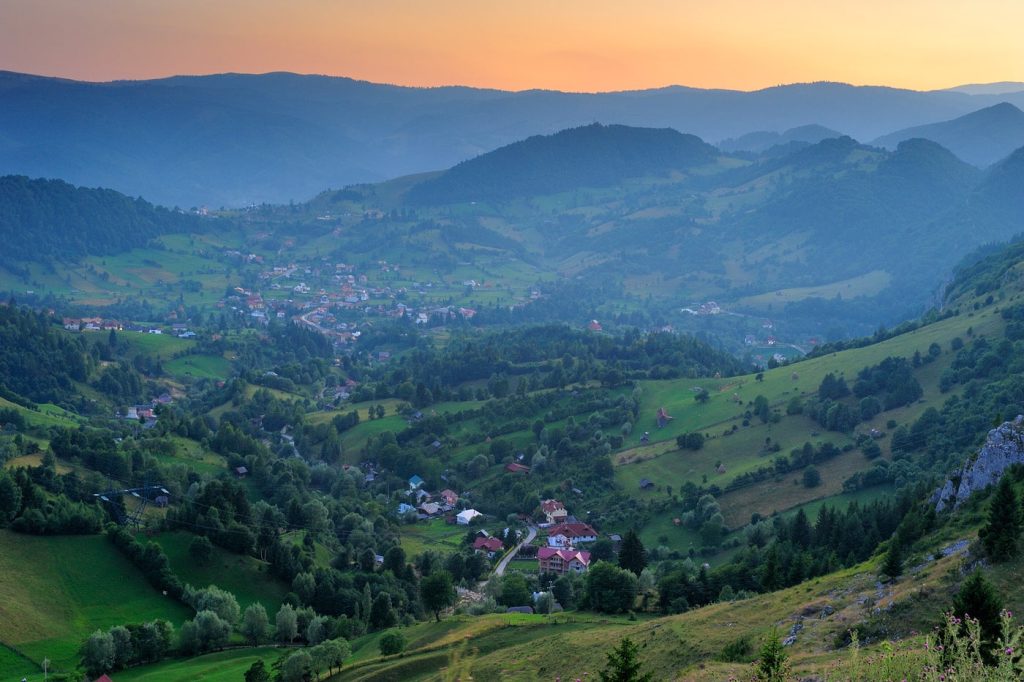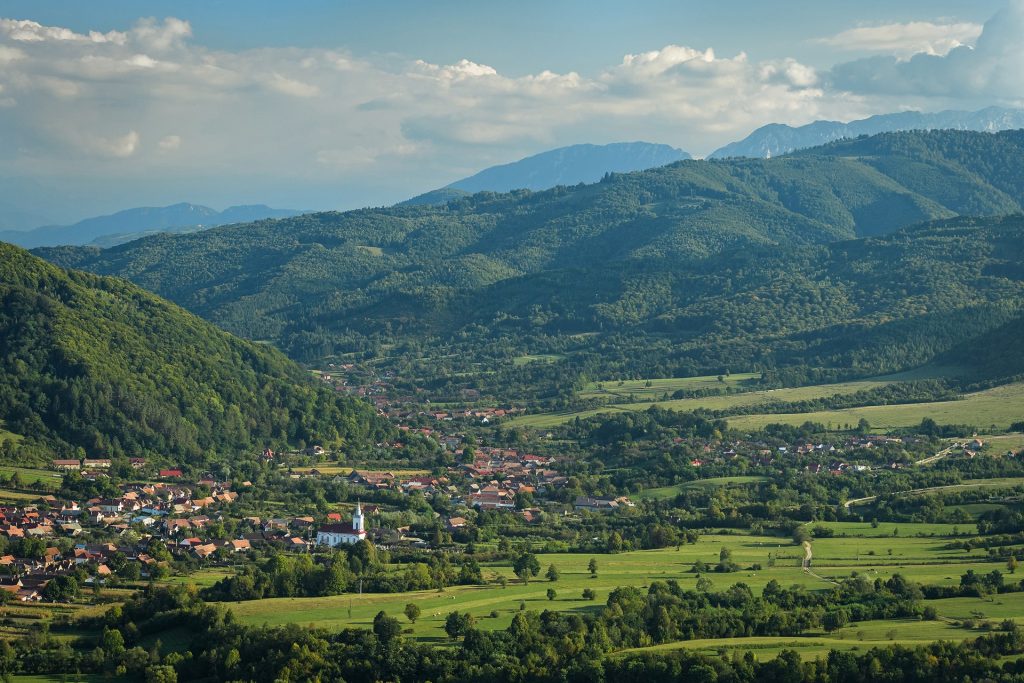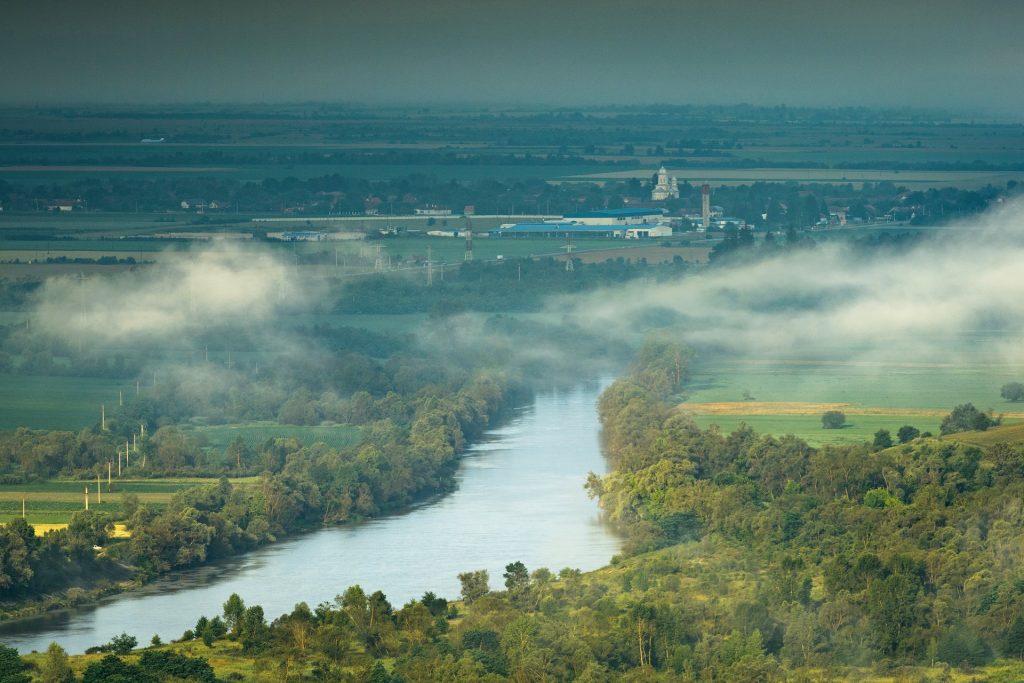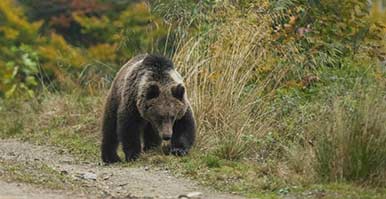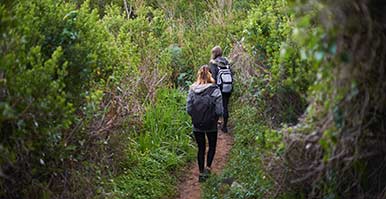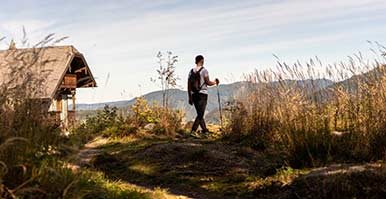Carpathian culture
Travel Carpathia operates in the diverse cultural landscape that spans both Transylvania in the northern part and Walachia in the southern part of the Făgăraș Mountains, each offering a unique blend of cultural and historical influences.
Far from merely a land of spooky tales and eerie imagery, this area stands as a
bastion of cultural richness and historical significance.
Its allure lies not only in its stunning natural landscapes but also in the intricate tapestry of traditions, customs, and folklore that define its identity.
The Făgăraș Mountains, a formidable natural barrier, historically divided two great empires: the Austro-Hungarian Empire to the North and the Ottoman Empire to the South. This division has left a profound impact on the cultural landscapes on either side. The mountains rise abruptly on the Transylvanian side, with villages clustered in the Olt Valley. Meanwhile, on the southern, Wallachian side, the mountains slope more gently, allowing villages to nestle into the slopes. This geographical distinction has led to distinct cultural developments in each region.
Transylvania’s cultural heritage is a product of its complex history and diverse influences.
From its ancient ties to the Roman Empire to its later affiliations with the Kingdom of Hungary and the Austrian Empire, the region has been a crossroads of civilizations for centuries. Following the Great Union of 1918, Transylvania emerged as an integral part of independent Romania, yet its multicultural essence remains palpable to this day.
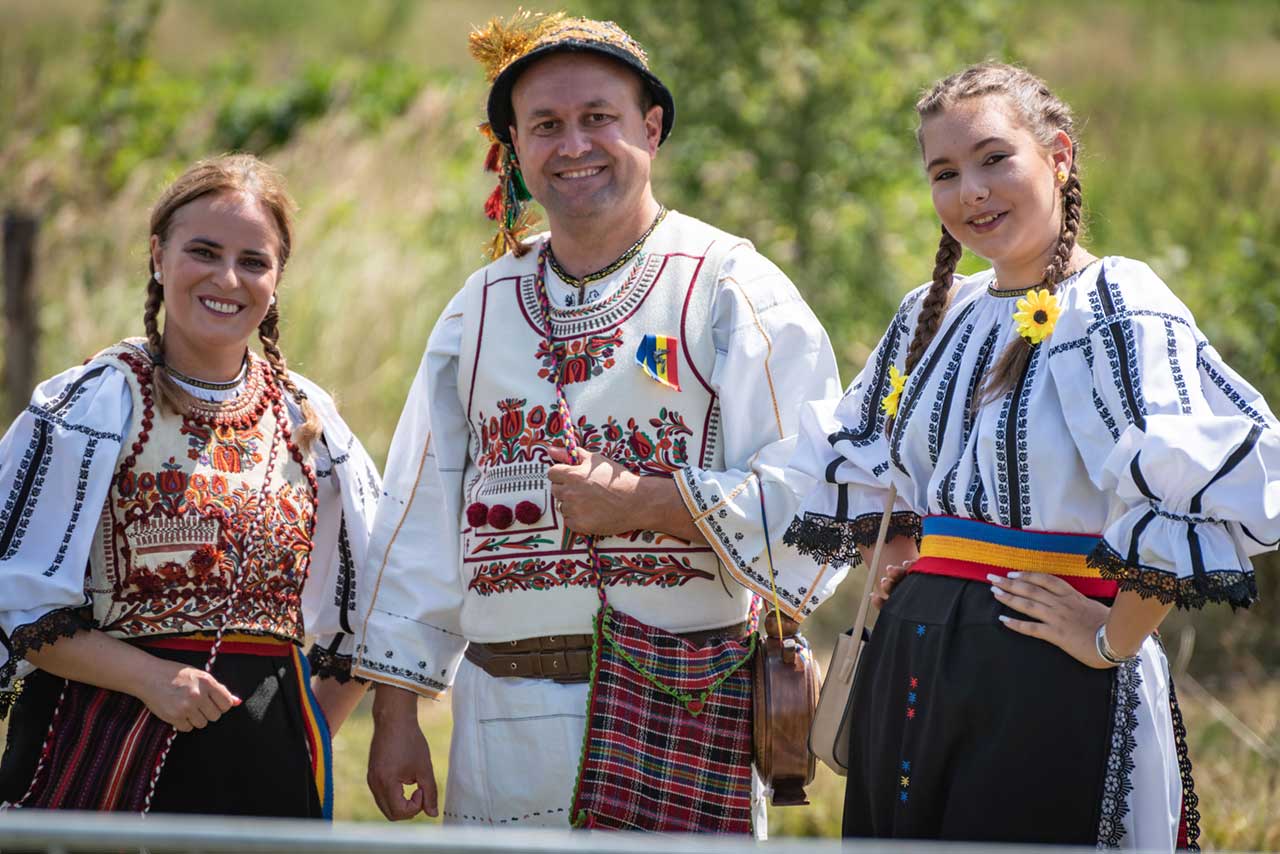
At the heart of Transylvania’s cultural landscape are its people, a mosaic of
Romanian, Hungarian, Saxon, and Roma communities, each adding diverse elements
to the region’s collective identity. The result is a fascinating blend of customs, languages, and beliefs, perpetuated through generations and imbued
with a sense of charm and mystery.
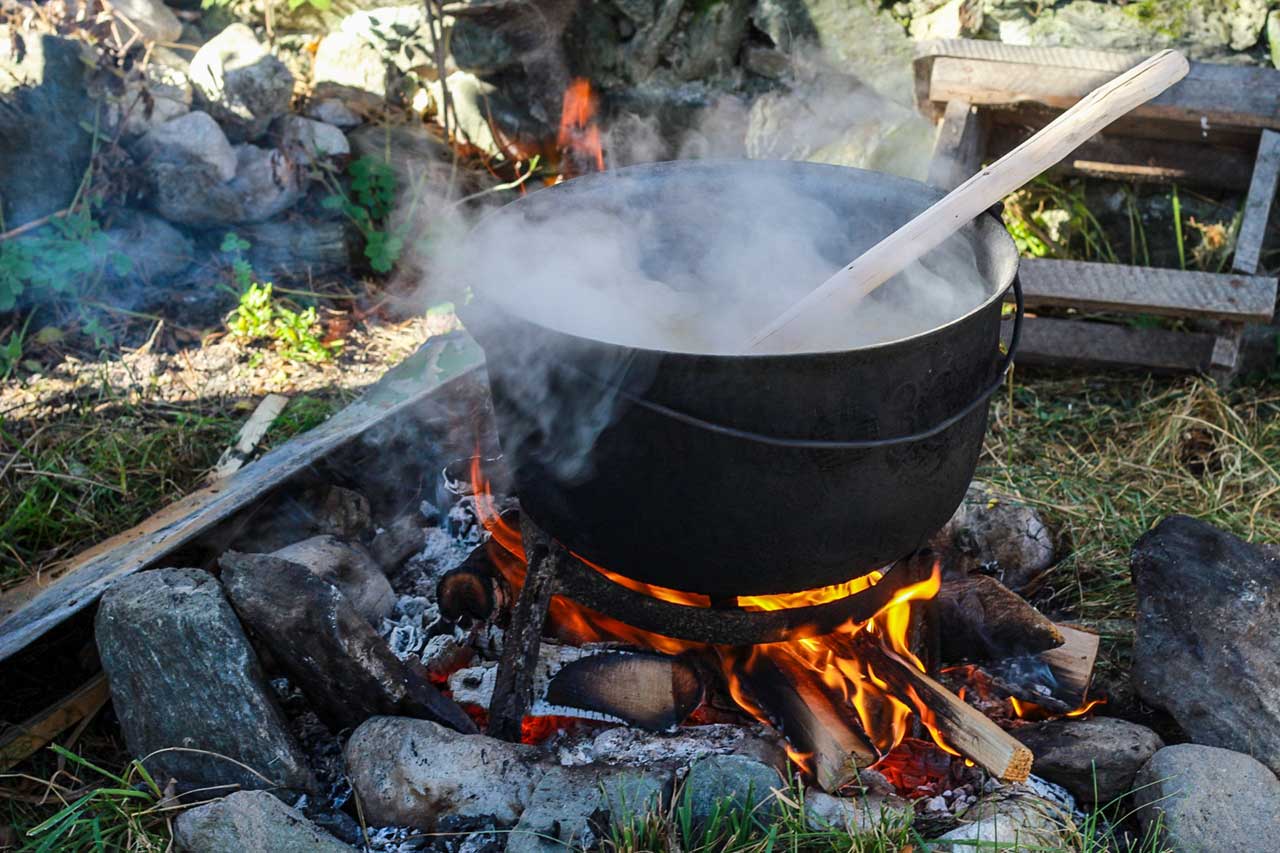
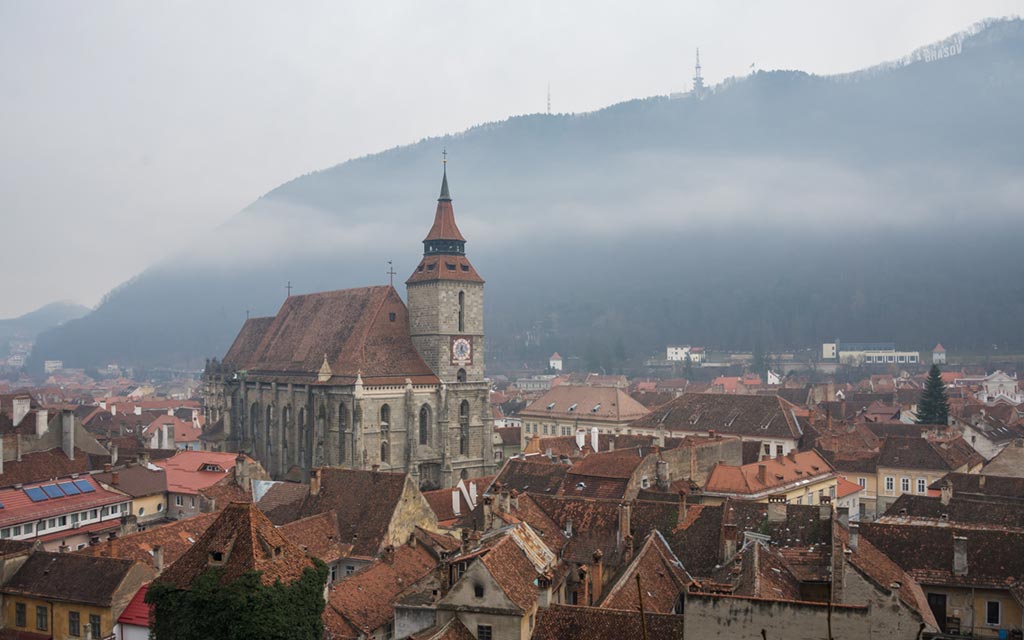
In the rural villages of southern Transylvania, time seems to stand still amidst age-old traditions and rustic beauty. Here, the landscape is dotted with fortified churches, their imposing structures a testament to the region’s tumultuous history. The settlements, often situated on flat ground, have benefited from the expansive Transylvanian hills, allowing for distinct land-use practices and communal land ownership known as “Composesorate”.
In contrast, the southern side of the Făgăraș Mountains, part of historic Wallachia, bears the cultural imprints of its proximity to the Ottoman Empire.
This region is characterized by a different architectural style, with villages nestled into the mountain slopes and a land-use system that reflects the Wallachian tradition. The people here have long engaged in alpine pastoralism, driving their livestock into the mountains, a practice that has shaped the landscape and the local culture. The “Obști”, or communal lands, and the presence of larger private estates illustrate the region’s distinct socio-economic structure.
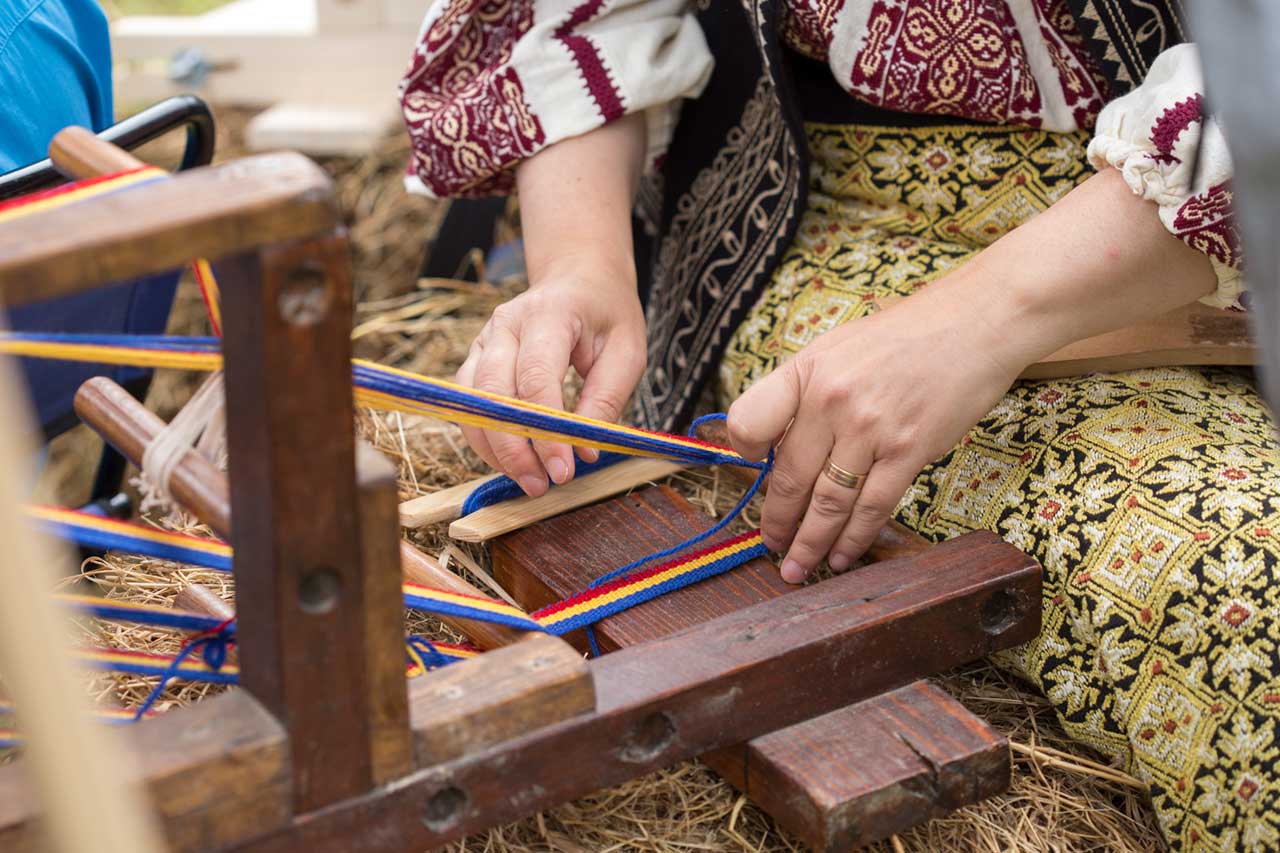
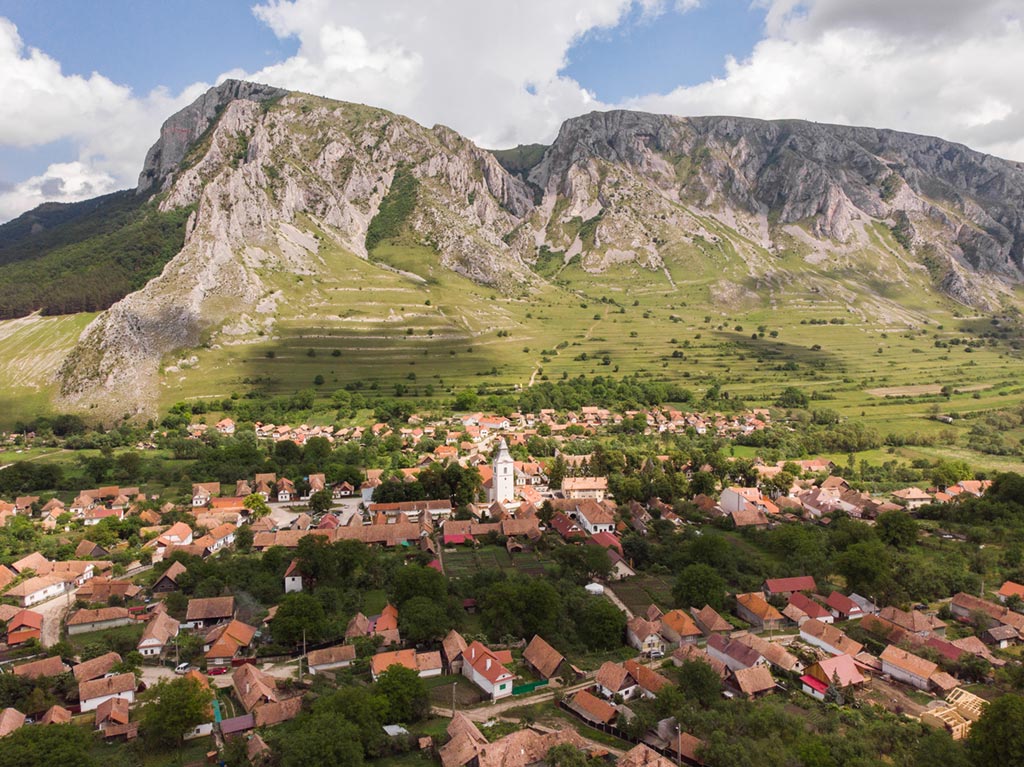
The villages of the southern Făgăraș
Mountains, such as Nucșoara, Lerești, Rucăr, and Sătic, are not only centres of
cultural exchange but also strongholds of resistance and resilience. Notably,
Nucșoara was a key site of anti-communist resistance, where the spirit of
defiance against oppression remains a powerful narrative in the local culture.
Despite the historical divide, there has always been a flow of cultural exchange between the northern and southern regions of the Făgăraș Mountains.
Cultural Exchange Across the Divide
Elements of Transylvanian culture can be found in the villages of Argeș county, while influences from Wallachia have permeated the towns of Brașov and Sibiu. This exchange has enhanced the cultural fabric on both sides of the mountains, resulting in a combination of traditions that transcends regional boundaries.
Whether exploring the hidden villages of the South or the fortified towns of the North, every moment spent in the regions around the Făgăraș Mountains is an opportunity to connect with a rich cultural heritage. From the bustling markets and vibrant festivals in cities like Cluj-Napoca, Sibiu, and Brașov, to the tranquil countryside where time-honoured rituals continue to thrive, the region offers a captivating journey through history and culture.
Villages such as Nucșoara, Rucăr, Sătic, Șinca Nouă, and Cobor, each with their deep-rooted traditions and stunning natural backdrops, epitomize the enduring spirit of the region’s culture. Here, crafts like weaving, sewing, embroidery, egg-painting, carving, and woodworking are not just skills but legacies passed down through generations. These villages, whether shaped by the Saxon influence in the North or the Wallachian traditions in the South, offer an authentic glimpse into the diverse cultural heritage of the Carpathians.
